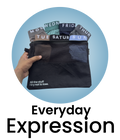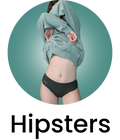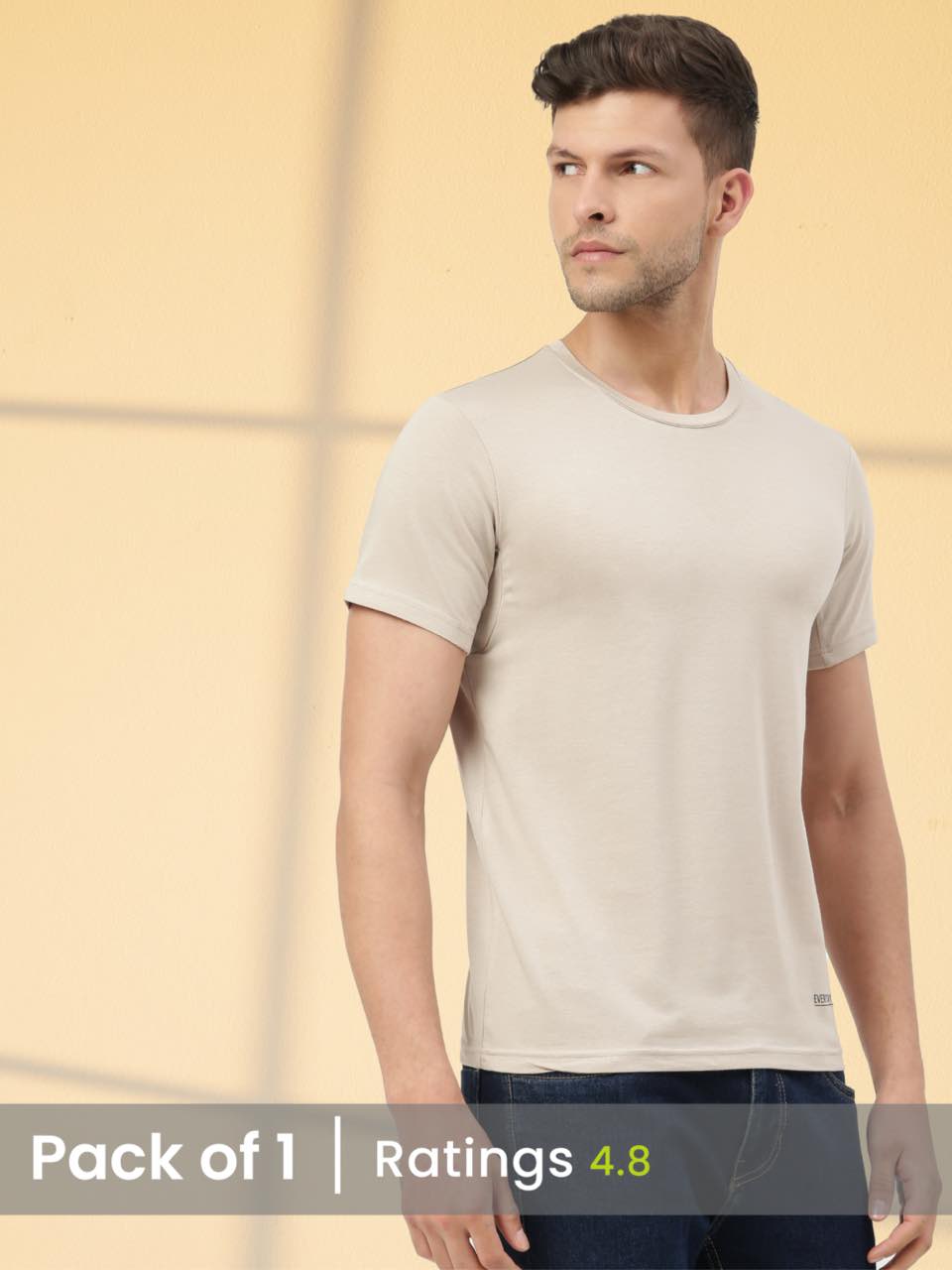Imagine a world where temperature fluctuations become a mere inconvenience, not a wardrobe crisis. We're diving into comfort vests, a rapidly evolving segment of lightweight layering designed for optimal tactile experience. Driven by the rising demand for versatile apparel that adapts to microclimates, these vests leverage advancements in breathable fabrics and ergonomic design. Think beyond basic fleece; we're exploring vests incorporating phase-change materials for temperature regulation and 3D-knitted structures for enhanced airflow. This exploration will illuminate how material science and garment engineering converge to redefine personal comfort, offering a glimpse into the future of adaptive clothing.

Understanding the Appeal of Comfort Vests
Comfort vests have surged in popularity as individuals seek versatile, comfortable clothing options for various settings. These vests, designed with lightweight materials and a soft touch, offer a unique layering solution that bridges the gap between casual and practical wear. At their core, they provide a feeling of security and warmth without the bulkiness of a traditional jacket or coat. This makes them ideal for transitional weather, indoor environments, or as an added layer of warmth during outdoor activities. The appeal lies in their adaptability; they can be dressed up or down, making them a staple in many wardrobes.
Key Features and Materials: The Science of Softness
The comfort level of a vest depends heavily on the materials used and the construction techniques employed. Here's a breakdown of common features and materials:
-
Lightweight Fabrics: The primary focus is on fabrics that provide warmth without adding significant weight. Common choices include:
- Fleece: Known for its softness and insulating properties, fleece is a popular choice. It comes in various weights, from microfleece for a lighter feel to heavier fleece for added warmth.
- Quilted Fabrics: These fabrics consist of an outer layer, insulation (often down or synthetic fill). A lining, all stitched together in a quilted pattern. This construction provides excellent warmth and a unique aesthetic.
- Performance Fabrics: Materials like nylon or polyester blends with moisture-wicking properties are used in more athletic-focused vests. These fabrics are designed to keep you dry and comfortable during physical activity.
- Cotton Blends: Often blended with other fibers like polyester or rayon, cotton blends offer a soft, breathable option for milder temperatures.
-
Soft Touch: The "soft touch" aspect refers to the feel of the fabric against the skin. This is achieved through various finishing processes, such as:
- Brushing: A mechanical process that raises the fibers on the fabric surface, creating a softer, more plush feel.
- Peaching: Similar to brushing, peaching creates an even softer, almost velvety texture.
- Specialty Washes: Garment washing with specific enzymes or softeners can significantly enhance the fabric's softness.
-
Design and Construction: Beyond the materials, the design and construction play a crucial role in comfort. This includes:
- Ergonomic Fit: A well-designed vest will conform to the body's natural shape, allowing for freedom of movement.
- Seam Placement: Strategically placed seams can minimize chafing and discomfort.
- Lining: A smooth, comfortable lining can enhance the overall wearing experience.
Down vs. Synthetic Fill: A Detailed Comparison
For insulated comfort vests, the choice between down and synthetic fill is critical. Each has its advantages and disadvantages:
| Feature | Down Fill | Synthetic Fill |
|---|---|---|
| Warmth-to-Weight Ratio | Superior; provides excellent warmth for its weight. | Good. Heavier than down for the same level of warmth. |
| Warmth When Wet | Loses insulating ability when wet; dries slowly. | Retains some warmth when wet; dries faster. |
| Compressibility | Highly compressible; packs down small. | Less compressible than down. |
| Durability | Long-lasting with proper care. | May break down faster than down with repeated compression. |
| Allergenicity | Can be allergenic for some individuals. | Hypoallergenic. |
| Cost | Generally more expensive. | Generally less expensive. |
| Care | Requires specialized cleaning. | Easier to clean; often machine washable. |
The choice depends on your specific needs. Down is ideal for situations where weight and packability are paramount and moisture is not a significant concern. Synthetic fill is a better choice for wet environments or for individuals with allergies.
Real-World Applications: Where Comfort Vests Shine
Comfort vests are incredibly versatile and find applications in a wide range of scenarios:
- Everyday Wear: Perfect for layering over a t-shirt or sweater on cool days. They add a touch of style and warmth without being overly restrictive.
- Outdoor Activities: Great for hiking, camping, or other outdoor pursuits. The lightweight nature allows for freedom of movement, while the insulation provides warmth. Performance vests with moisture-wicking properties are particularly well-suited for active pursuits.
- Travel: Their packability makes them ideal for travel. They can be easily stowed in a backpack or suitcase and provide an extra layer of warmth on airplanes or in changing climates.
- Office Environments: In offices with fluctuating temperatures, a comfort vest can provide a comfortable and professional-looking layer of warmth.
-
Loungewear: Some vests are designed specifically for lounging, featuring ultra-soft materials and a relaxed fit. These are perfect for relaxing at home on a chilly evening. The ultimate in
loungewear, these vests offer
comfort without sacrificing style.
The Psychology of Comfort: Why Softness Matters
The appeal of comfort vests extends beyond mere practicality. The soft touch of the materials has a psychological impact, promoting feelings of relaxation and well-being. Studies have shown that tactile stimulation can release endorphins, which have mood-boosting effects. This is why soft blankets, plush toys, and, of course, comfort vests are often associated with feelings of security and comfort. The feeling of being gently enveloped in a soft, warm layer can be particularly soothing, reducing stress and promoting a sense of calm. This is especially vital in today's fast-paced world, where many individuals are seeking ways to reduce stress and improve their overall well-being.
Care and Maintenance: Preserving Softness and Longevity
Proper care and maintenance are essential to preserving the softness and longevity of your comfort vest. Here are some tips:
- Read the Care Label: Always follow the manufacturer's instructions regarding washing, drying. Ironing.
- Wash Gently: Use a mild detergent and wash on a delicate cycle. Avoid harsh chemicals or bleach, as these can damage the fibers and reduce softness.
- Air Dry or Tumble Dry Low: Air drying is generally the best option, as it prevents excessive heat from damaging the fabric. If tumble drying, use a low heat setting and avoid over-drying.
- Use Fabric Softener Sparingly: While fabric softener can enhance softness, overuse can lead to a buildup of residue that reduces breathability and performance.
- Store Properly: Store your vest in a clean, dry place. Avoid hanging it by the straps, as this can stretch the fabric. Fold it neatly or store it in a garment bag to protect it from dust and damage.
By following these tips, you can ensure that your comfort vest remains soft, comfortable. In good condition for years to come.
Conclusion
The journey into comfort vests, with their lightweight layering and soft touch, reveals a world of possibilities beyond simple clothing. We've explored how these versatile garments can enhance your everyday experiences, providing both physical comfort and a boost to your personal style. Don't be afraid to experiment with different fabrics and layering techniques to find the perfect combination that suits your unique needs and preferences. Remember, the key is to prioritize comfort and breathability. As the fashion landscape continues to evolve, comfort wear is poised to become even more prominent. Consider incorporating comfort vests into your wardrobe as a foundation for building stylish and practical outfits. My personal tip? Opt for neutral colors that can be easily mixed and matched with other pieces. Embracing comfort doesn't mean sacrificing style; it means finding the perfect balance between the two. So go ahead, explore the world of comfort vests. Unlock a new level of everyday ease and confidence!
More Articles
Cotton Boxers for Women Anti Chafing – Smooth Comfort & Breathable Fabric
Soft Boxer Shorts for Women India – Lightweight & Breathable Cotton
Cotton Boxer Shorts for Women Loungewear – Relaxed Fit & Soft Fabric
Women's Lace Hipster Panties – Soft, Breathable & All-Day Comfort
FAQs
So, what exactly is a comfort vest, anyway?
Think of it as your favorite hug in clothing form! It's a lightweight vest designed for layering. The fabric is usually super soft and cozy, making it perfect for adding a bit of warmth and comfort without being bulky. It's like the Goldilocks of outerwear – not too hot, not too cold, just right!
When would I actually wear one of these things?
Anytime you need a little extra something! They're great for chilly mornings, air-conditioned offices, or evenings on the patio. I've even worn mine on long flights. , if you're reaching for a sweater but don't want the full commitment, a comfort vest is your best bet.
Are comfort vests just for women, or do guys wear them too?
Definitely not just for the ladies! While you might see them marketed more towards women, plenty of brands make comfort vests for men too. Look for styles with a more masculine cut and neutral colors.
What kind of fabric are we talking here? Is it itchy or something?
No way, itchy is the opposite of comfort! Most comfort vests are made from super soft materials like fleece, brushed cotton, or even modal blends. The goal is a fabric that feels good against your skin, even if you're wearing it over a t-shirt.
How do I wash a comfort vest without ruining it?
Good question! Always check the care label. Generally, you'll want to wash it on a gentle cycle with cold water. Avoid using harsh detergents or bleach. Tumble dry on low or, even better, hang it up to dry. This will help keep it soft and prevent shrinkage.
What should I wear under a comfort vest?
Anything you want! That's the beauty of layering. A simple t-shirt, a long-sleeved shirt, or even a lightweight sweater all work well. Just make sure the colors and patterns complement each other.
Okay, I'm intrigued. What's a good brand to start with?
That depends on your budget and style! But some popular options include L. L. Bean, Lands' End. Even some of the more athleisure-focused brands like Athleta or Lululemon. Read reviews and see what people are saying about the softness and durability.






